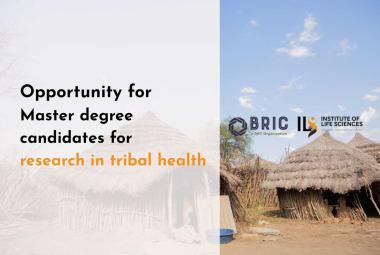PHARMACOGNOSTICAL AND PHYTOCHEMICAL EVALUATION OF THE STEM OF ZIZIPHUS XYLOPYRUS (RETZ) WILLD
{ DOWNLOAD AS PDF }
ABOUT AUTHORS
Upendra B. Gandagule1, B. Duraiswamy2, Lokesh Gupta2, Mayur R. Bhurat1, Sanjay A. Nagdev3*
1Department of Pharmacognosy,
K.Y.D.S.C.T’s college of Pharmacy,
Sakegaon-Bhusawal, Maharashtra, India
2Department of Pharmacognosy,
JSS College of pharmacy,
Ooty, Karnataka, India
3Department of Quality assurance,
K.Y.D.S.C.T’s college of Pharmacy,
Sakegaon-Bhusawal, Maharashtra, India
ABSTRACT
The present study deals with detailed pharmacognostic profile of stem of Z. xylopyrus, family Rhamnaceae an important plant in the Indian system of medicine. Stem samples of Z. xylopyrus were studied by morphological, microscopical, physicochemical, phytochemical and powder characters of the plant and other methods for standardization recommended by WHO. Macro and microscopical studies indicated the presence of stem reddish brown in colour externally and internally whitish in colour, odourless and having pungent taste with smooth, irregular fracture. Xylem fibers arranged in radial rows, xylem parenchyma, vessel or xylem vessels, medullary rays were uni to tetraserate and pith. Powder microscopy revealed the presence of sclerenchyma, sclerenchymatous fibre and wood elements. Phytochemical evaluation have been performed which clearly reveals the occurrence of alkaloids, carbohydrates, steroids and sterol, glycosides, saponins, flavonoids, phenolic compounds, triterpenoids. Physicochemical parameters such as ash value extractive values were also determined and results showed that water soluble extractive value was higher than alcohol soluble extractive value. The results of the study can serve as a valuable source of information and provide suitable standards for identification of this plant material in future investigation and application.



 ABOUT AUTHORS
ABOUT AUTHORS
 About Authors:
About Authors:





